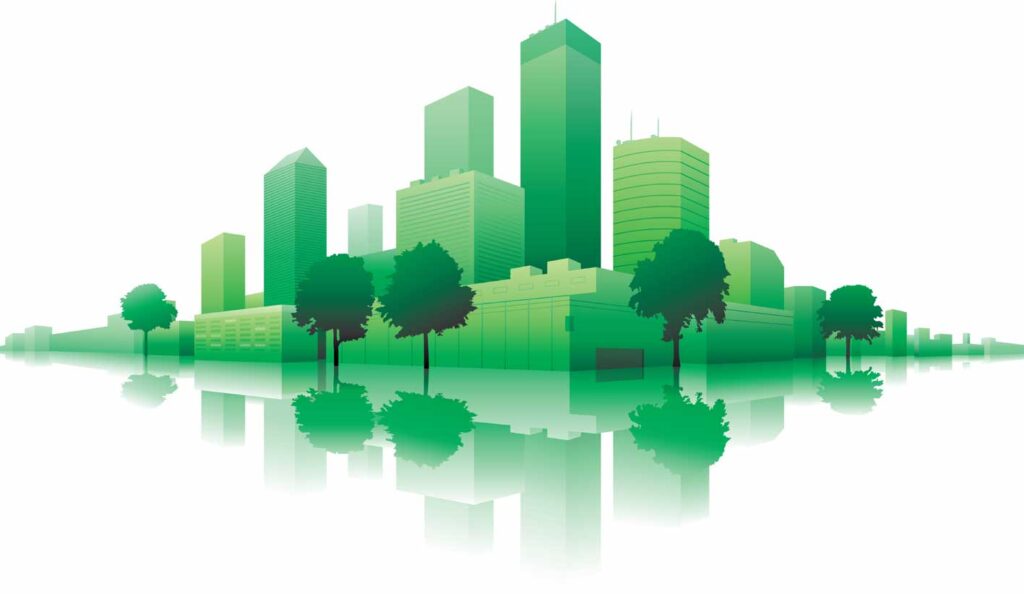VALUING GREEN BUILDINGS AND SUSTAINABLE REAL ESTATE
In recent years, there has been a growing trend towards valuing green buildings and sustainable real estate. This is because more and more people are becoming aware of the impact that buildings and construction have on the environment, and are looking for ways to reduce this impact.
Green buildings and sustainable real estate are properties that have been designed, built, and operated in an environmentally responsible way. This means that they are energy-efficient, use sustainable materials, and are designed to reduce waste and pollution.
There are several reasons why valuing green buildings and sustainable real estate is important. First, it allows property owners to demonstrate their commitment to sustainability, which can be a selling point for potential buyers or tenants. Second, it can help to reduce operating costs by reducing energy consumption and maintenance requirements. Third, it can help to improve the health and wellbeing of occupants by providing a healthier indoor environment.
Valuing green buildings and sustainable real estate is also important from a financial perspective. In many cases, these properties can command a premium over non-sustainable properties, as they are seen as a better investment. This is because they are likely to be more resilient to environmental risks, and are more likely to be in demand as governments and businesses look to reduce their carbon footprint.
There are several methods that can be used to value green buildings and sustainable real estate. One of the most common is the use of a sustainability rating system, such as LEED (Leadership in Energy and Environmental Design) or BREEAM (Building Research Establishment Environmental Assessment Method). These systems provide a standardized way to evaluate the sustainability of a building, and can be used to compare different properties.
Another method is to use a discounted cash flow (DCF) analysis. This involves estimating the future cash flows that the property is expected to generate, and discounting them back to their present value. This method takes into account the expected lifespan of the property, as well as any environmental risks or opportunities that may arise.
Valuing green buildings and sustainable real estate is not without its challenges. One of the biggest challenges is the lack of standardization in the industry, which can make it difficult to compare different properties. Additionally, there is often a lack of data on the environmental impact of buildings, which can make it difficult to estimate their value.
Despite these challenges, there is no doubt that valuing green buildings and sustainable real estate is becoming increasingly important. As governments and businesses look for ways to reduce their carbon footprint, and as consumers become more aware of the impact of buildings on the environment, the demand for sustainable properties is likely to continue to grow. By valuing these properties in a standardized and consistent way, we can ensure that they are given the recognition and value that they deserve.


